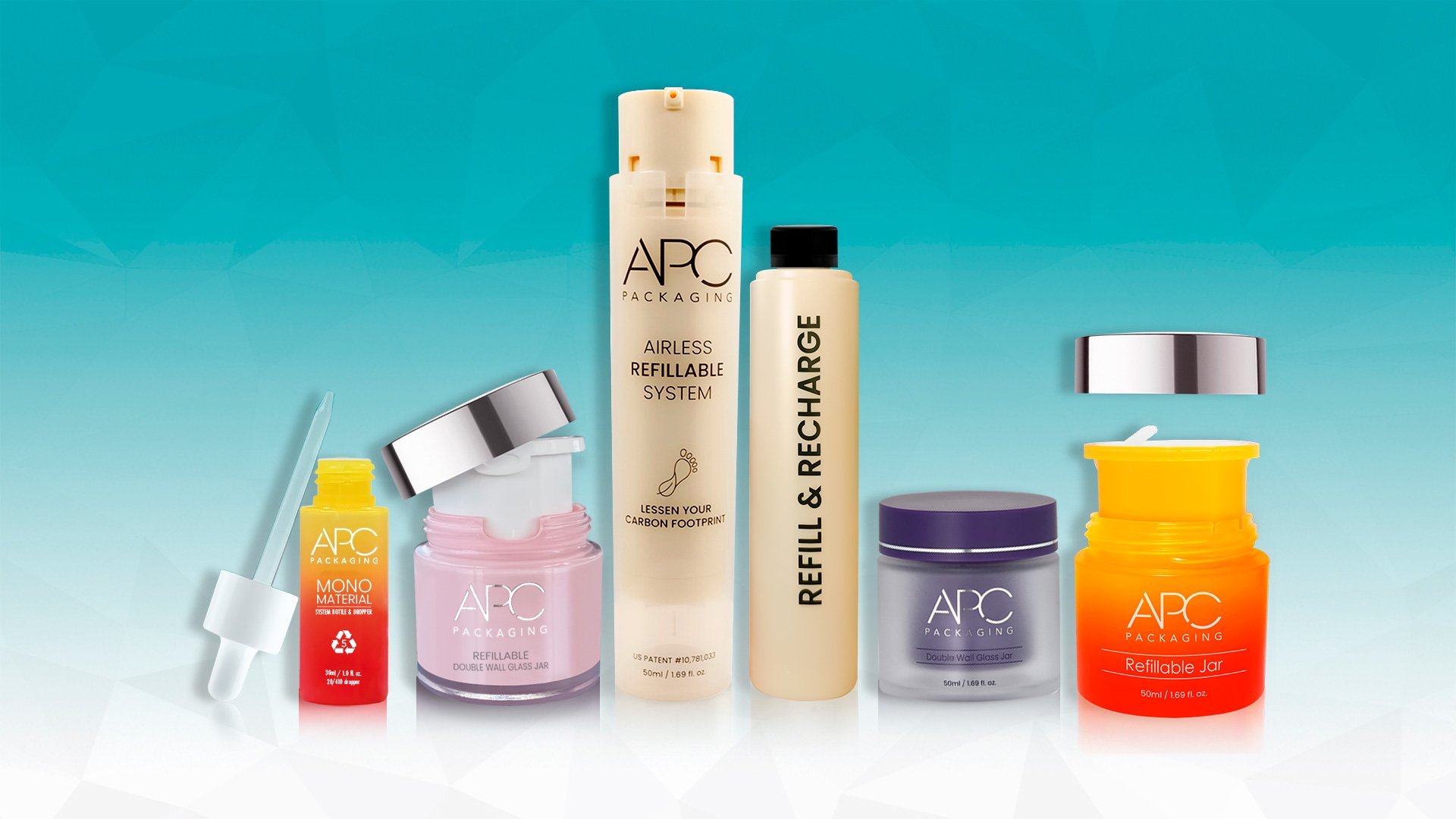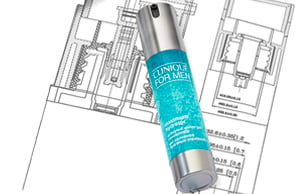Determining the most sustainable option for cosmetic packaging can depend on various factors and the specific goals of a brand or company. Sustainability is a multifaceted concept that considers environmental, economic, and social impacts. Therefore, it's essential to evaluate packaging materials based on different sustainability criteria. Here are some commonly used sustainable packaging materials and their respective strengths:

- Recycled Materials: Using recycled materials, such as post-consumer recycled (PCR) plastic or paper, is a sustainable choice. These materials reduce the demand for virgin resources, lower energy consumption during production, and decrease waste. However, the availability of high-quality PCR materials can be a limiting factor.
- Bioplastics: Bioplastics are derived from renewable sources like corn starch, sugarcane, or algae. They are biodegradable or compostable, reducing the environmental impact compared to traditional plastics. However, their environmental benefits depend on factors like composting infrastructure and the source of the raw materials.
- Glass: Glass is a highly sustainable material due to its infinite recyclability. It doesn't degrade in quality during recycling, and it's safe for consumers. However, glass is heavier than plastic, which can increase transportation emissions.
- Metal: Metal packaging, such as aluminum or steel, is durable and recyclable. Aluminum, in particular, has a high recycling rate and is energy-efficient to recycle. Metal packaging can be a sustainable choice for certain cosmetics.
- Polyethylene Terephthalate (PET) and Polypropylene (PP): As mentioned in the previous blog, PET and PP are highly recyclable plastics, known for their lightweight nature and durability. They are often used in cosmetic packaging because they offer a balance between sustainability and functionality.
- Minimalist and Reduced Packaging: One of the most sustainable choices is to minimize packaging altogether. Reducing excess packaging, eliminating unnecessary components, and opting for minimalist designs can significantly reduce environmental impact.
- Refillable Packaging: Refillable packaging systems allow consumers to reuse the same container multiple times, reducing the need for additional packaging materials. This approach can lead to substantial waste reduction.
- Recycling Programs: Encouraging consumers to recycle packaging through take-back programs or partnerships with recycling facilities can enhance sustainability efforts.
Ultimately, the most sustainable option for cosmetic packaging will depend on factors such as product type, brand values, consumer preferences, and the availability of sustainable materials in a given region. Many cosmetic brands are now adopting a holistic approach to sustainability, considering the entire life cycle of their packaging materials, from sourcing to disposal, and aiming for circular economy practices.








